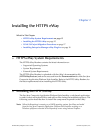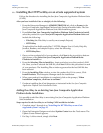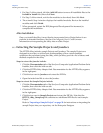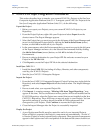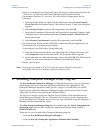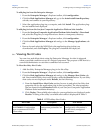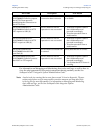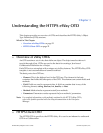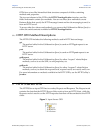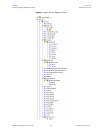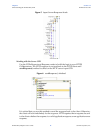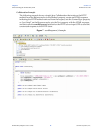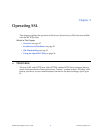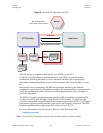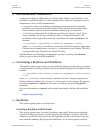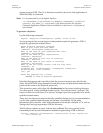
Chapter 3 Section 3.3
Understanding the HTTPS eWay OTD HTTPS Server OTD
HTTPS eWay Adapter User’s Guide 23 Sun Microsystems, Inc.
OTDs have a tree-like hierarchical data structure composed of fields containing
methods and properties.
The top root element of the OTD is the HTTPClientApplication interface, and the
fields underneath contain Java methods. You can use these Java methods to create
Business Rules that specify the HTTP message format and invoke messaging to and/or
from an HTTP server.
To access other Java classes and methods, you can use the Collaboration Editor (Java) to
utilize the entire contents available for HTTPClientApplication.
3.2.1 HTTP OTD Method Descriptions
The HTTP OTD includes the following methods used in HTTP data exchange:
get
The method called in the Collaboration (Java) to send an HTTP get request to an
HTTP server.
post
The method called in the Collaboration (Java) to send an HTTP post request to an
HTTP server.
getRequest
The method called in the Collaboration (Java) for other “request” related helper
methods, such as to set the URL, to add properties, etc.
getResult
The method called in the Collaboration (Java) for other “respond” related helper
methods, such as, to obtain the respond code, respond result, text result, and so on.
For more information on methods available in the HTTP OTDs, see the HTTPS eWay’s
Javadoc.
3.3 HTTPS Server OTD
The HTTPS Server input OTD has two nodes, Request and Response. The Request node
contains the data that the HTTPS Server eWay receives from an HTTP client, while the
Response node is used to set the HTTP response data that will be sent back to the HTTP
client.
Figure 3 Input Server OTD



